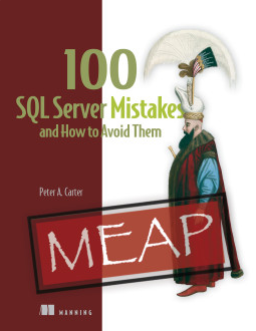The next version of SQL Server will release in a few months. Most of the development is complete, and the feature list is set for SQL Server 2014. However there is work already underway for a version of SQL Server that will likely release in late 2016.
Each product cycle brings with it new capabilities and enhancements to existing features. Despite the large resources that are devoted to SQL Server, we also find that choices are made and some features, functions, or tools that are ignored. As get ready for the release of SQL Server 2014, I wanted to ask you to look beyond this version.
What feature, area, or tool would you like to see enhanced in SQL Server 2016?
As I review the list of changes in each version, I find myself as disappointed as I am excited. The new features are interesting and bring about new ways to build on the SQL Server platform, but I find that so many existing areas receive little work and don’t mature over time.
Service Broker has never had good tooling, and despite the fact that it underpins many features, and is a fantastic way to scale SQL Server, it seems to be largely ignore with each new release. Replication is barely changing, and spatial data seems to be a very low priority. Perhaps the most disappointing area for me is Management Studio, which seems to get the bare minimum of changes each version to support new features.
The Connect system allows us to communicate with the SQL Server team, but the signal to noise ratio seems so low that I suspect the product managers don’t find it very useful. However if you could set a priority in one area for the next version of SQL Server, let us know what it would be in the discussion below.
Steve Jones
The Voice of the DBA PodcastListen to the MP3 Audio ( 2.4MB) podcast or subscribe to the feed at iTunes and Mevio . The Voice of the DBA podast features music by Everyday Jones. No relation, but I stumbled on to them and really like the music. Support this great duo at www.everydayjones.com. |




